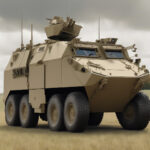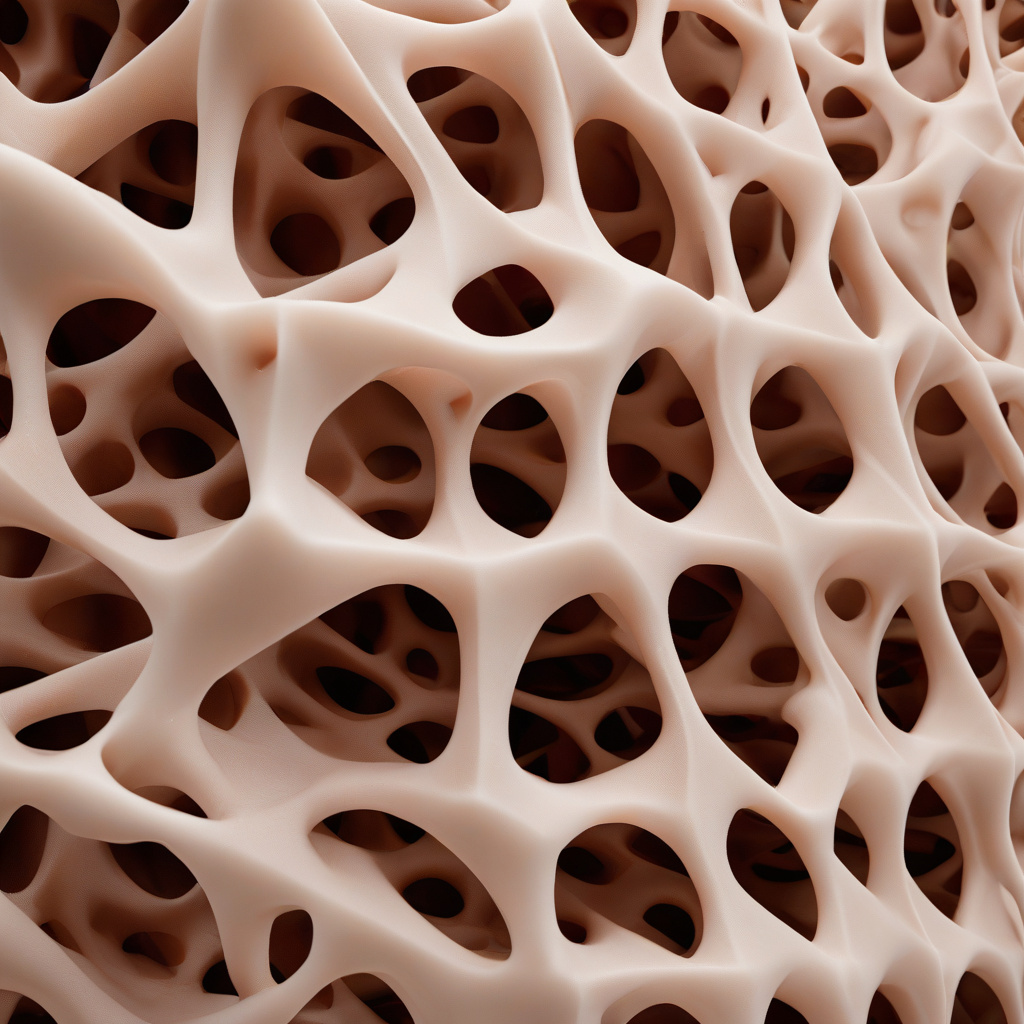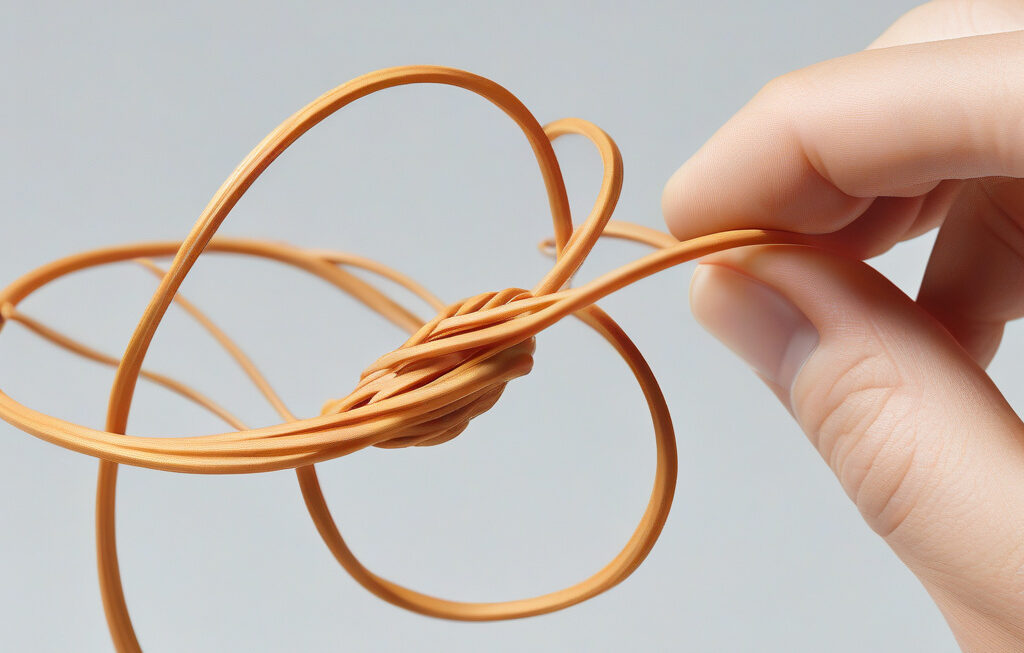3D-Printed Auxetic Design Delivers Breakthrough in Sensitive and Wearable Tactile Sensors
Tactile sensors have become essential in robotics, prosthetics, wearable devices, and healthcare monitoring. By detecting pressure, vibration, temperature, and other stimuli, these sensors play a crucial role in providing feedback and enabling interaction between humans and machines. In recent years, the demand for tactile sensors that are not only highly sensitive but also flexible and wearable has been on the rise. Traditional sensors often struggle to meet these requirements due to their rigid structures and limited versatility. However, a promising solution has emerged in the form of 3D-printed auxetic designs.
Auxetics are materials or structures that exhibit negative Poisson’s ratio, meaning they become thicker perpendicular to the applied force and thinner in the direction of the force. This unique mechanical property allows auxetic structures to deform in a way that conventional materials cannot, making them ideal for applications where flexibility and sensitivity are paramount. By leveraging the power of 3D printing, researchers have been able to create intricate auxetic designs that push the boundaries of what is possible with tactile sensors.
One of the key advantages of 3D-printed auxetic designs is their ability to conform to irregular surfaces and complex shapes, making them perfect for embedding in wearable technology. For example, researchers have successfully developed auxetic fingertip sensors that can detect subtle changes in pressure and texture, mimicking the capabilities of human skin. These sensors could revolutionize the field of prosthetics by providing users with a more natural and intuitive sense of touch.
Moreover, the use of 3D printing allows for the customization of sensor designs to suit specific applications. Whether it’s a sensor embedded in a robotic gripper to enhance dexterity and object recognition or a sensor integrated into a smart glove for virtual reality applications, the possibilities are endless. The scalability of 3D printing also makes it possible to produce these sensors cost-effectively, paving the way for their widespread adoption across industries.
In the realm of healthcare, 3D-printed auxetic sensors show great promise for monitoring vital signs and detecting abnormalities in real-time. From smart bandages that can track wound healing progress to wearable patches that continuously monitor heart rate and blood pressure, these sensors have the potential to revolutionize patient care. By providing healthcare providers with valuable data insights, 3D-printed auxetic sensors could enable early intervention and personalized treatment plans.
As with any emerging technology, there are still challenges to overcome before 3D-printed auxetic sensors can be widely commercialized. Issues such as durability, sensitivity, and scalability will need to be addressed through further research and development. However, the progress made so far points to a future where tactile sensors are not just functional but also seamlessly integrated into our daily lives.
In conclusion, the combination of 3D printing and auxetic design represents a significant breakthrough in the field of sensitive and wearable tactile sensors. From enhancing human-robot interactions to revolutionizing healthcare monitoring, these sensors have the potential to drive innovation across various industries. With continued advancements in materials science and additive manufacturing, we are on the cusp of a new era where tactile sensors are more intelligent, adaptive, and ubiquitous than ever before.
sensors, 3D printing, auxetic design, wearable technology, healthcare monitoring











